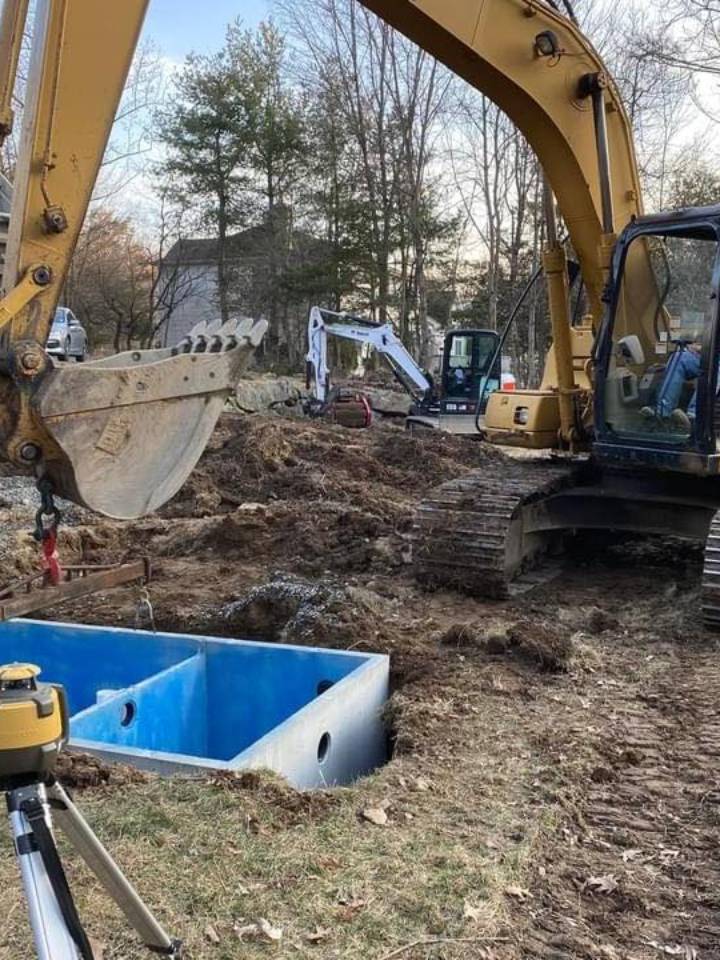If you own a home with a septic system, you’ve probably wondered: how deep is my septic tank buried? Knowing this isn’t just trivia — it’s essential for maintenance, pumping, and avoiding costly damage during yard work or landscaping.
🏠 Typical Septic Tank Depth
Most residential septic tanks are buried between 1 to 4 feet below the ground surface.
- Shallow systems: 1–2 feet deep (common in newer or sandy-soil areas).
- Average systems: 2–3 feet deep.
- Deeper systems: 3–4+ feet deep (in areas with frost lines or uneven terrain).
The exact depth depends on several factors — mainly your soil type, slope, local codes, and the position of your home’s plumbing exit line.
⚙️ What Determines Septic Tank Depth?
1. Soil & Drainage
Your installer designs the system to drain properly into the soil. Sandy soil may allow shallower placement, while dense clay often requires a deeper system.
2. Frost Line
In colder regions, tanks are placed deeper to prevent freezing. In warm climates, they can be closer to the surface.
3. Plumbing Outlet Elevation
Your home’s main sewer pipe slopes downward to the tank. The depth of that outlet determines how deep the tank must be set.
4. Landscaping or Grading
If your yard was regraded or filled after installation, the tank could be deeper than average — which is why some homeowners lose track of it entirely.
🧭 How to Locate Your Septic Tank
If you’re unsure where or how deep your tank is, try these steps:
- Check property records or as-built diagrams. Your county health department or septic installer may have them on file.
- Follow your plumbing line. Find the cleanout pipe exiting your home — the tank is usually 10–25 feet straight out from there.
- Look for a small depression or patch of greener grass. That’s often the drainfield or tank area.
- Use a probe or metal detector. Carefully insert a slender rod into the soil to locate the concrete or fiberglass surface.
- Call a septic professional. They can locate and mark it precisely without damaging anything.
🚫 Why You Should Know the Depth
- 🧰 For pumping or inspection — the tech needs to know how far down to dig.
- 🌿 To avoid planting trees or building structures over it.
- 💧 For proper drainage — if your yard floods often, depth can affect performance.
- 🏗️ Before installing patios, driveways, or fences, so you don’t crush a lid or pipe.
⚠️ Quick Tip
If your septic tank lid is more than 12 inches below the surface, consider adding a riser — a simple extension that brings the lid closer to ground level. It makes future pumping and maintenance faster, cheaper, and cleaner.
✅ Final Thoughts
Most septic tanks sit 2 to 4 feet underground, but every system is unique. If you’re unsure about yours, don’t guess — locating it properly now can save thousands in repair or excavation later.
For homeowners planning a replacement or new setup, check out our expert services for new jersey septic installation to ensure your system is designed and buried at the proper depth for long-term performance.

